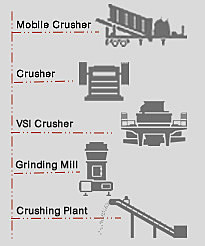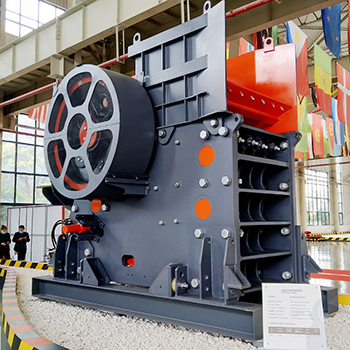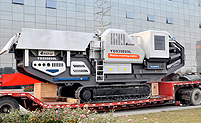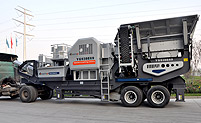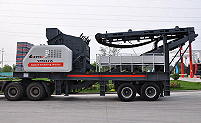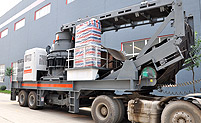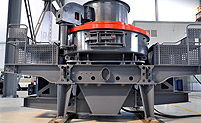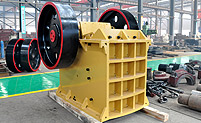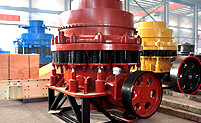Amphibolite crusher
NTRODUCTIONS:
Amphibolite is the name given to a rock consisting mainly of hornblende amphibole, the use of the term being restricted, however, to metamorphic rocks. The modern terminology for a holocrystalline plutonic igneous rocks composed primarily of hornblende amphibole is a hornblendite, which are usually crystal cumulates. Rocks with >90% amphibole which have a feldspar groundmass may be a lamprophyre.
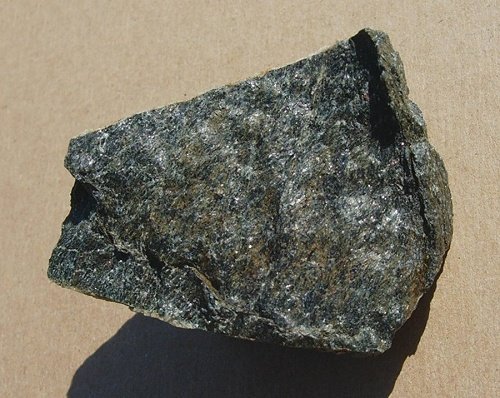
Amphibolite is a grouping of rocks composed mainly of amphibole (as hornblende) and plagioclase feldspars, with little or no quartz. It is typically dark-colored and heavy, with a weakly foliated or schistose (flaky) structure. The small flakes of black and white in the rock often give it a salt-and-pepper appearance.
Amphibolites need not be derived from metamorphosed mafic rocks. Because metamorphism creates minerals based entirely upon the chemistry of the protolith, certain 'dirty marls' and volcanic sediments may actually metamorphose to an amphibolite assemblage. Deposits containing dolomite and siderite also readily yield amphibolites (tremolite-schists, grunerite-schists, and others) especially where there has been a certain amount of contact metamorphism by adjacent granitic masses. Metamorphosed basalts create ortho-amphibolites and other chemically appropriate lithologies create para-amphibolites.
Tremolite, while it is a metamorphic amphibole, is derived most usually from highly metamorphosed ultramafic rocks, and thus tremolite-talc schists are not generally considered as 'amphibolites', because it is abundantly clear that one could just as easily say 'ultramafic schist'.
Because hornblende, as a mineral, is essentially a mineralogical 'garbage bin' and is stable across a very wide range of compositions and chemistries, as well as temperature and pressure conditions, it is suggested that the reader make use of the entries on amphibole chemistry.
Ortho-amphibolites vs. para-amphibolites
Metamorphic rocks composed primarily of amphibole, albite, with subordinate epidote, zoisite, chlorite, quartz, sphene, and accessory leucoxene, ilmenite and magnetite which have a protolith of an igneous rock are known as Orthoamphibolites.
Para-amphibolites will generally have the same equilibrium mineral assemblage as orthoamphibolites, with more biotite, and may include more quartz, albite, and depending on the protolith, more calcite/aragonite and wollastonite.
Often the easiest way to determine the true nature of an amphibolite is to inspect its field relationships; especially whether it is interfingered with other sediments, especially greywackes and other poorly sorted sediments. If the amphibolite appears to transgress apparent protolith bedding surfaces it is an ortho-amphibolite, as this suggests it was a dyke. Picking a sill and thin metamorphosed lava flows may be more troublesome. Thereafter, whole rock geochemistry will suitably identify ortho- from para-amphibolites.
The word metabasalt was thus coined, largely to avoid the confusion between ortho-amphibolites and para-amphibolites. While not a true metamorphic rock name, as it infers an origin, it is a useful term.
PrevPage: Ochre Crusher and Ochre Grinding Mill
Next Page: Architectural sand making crusher

